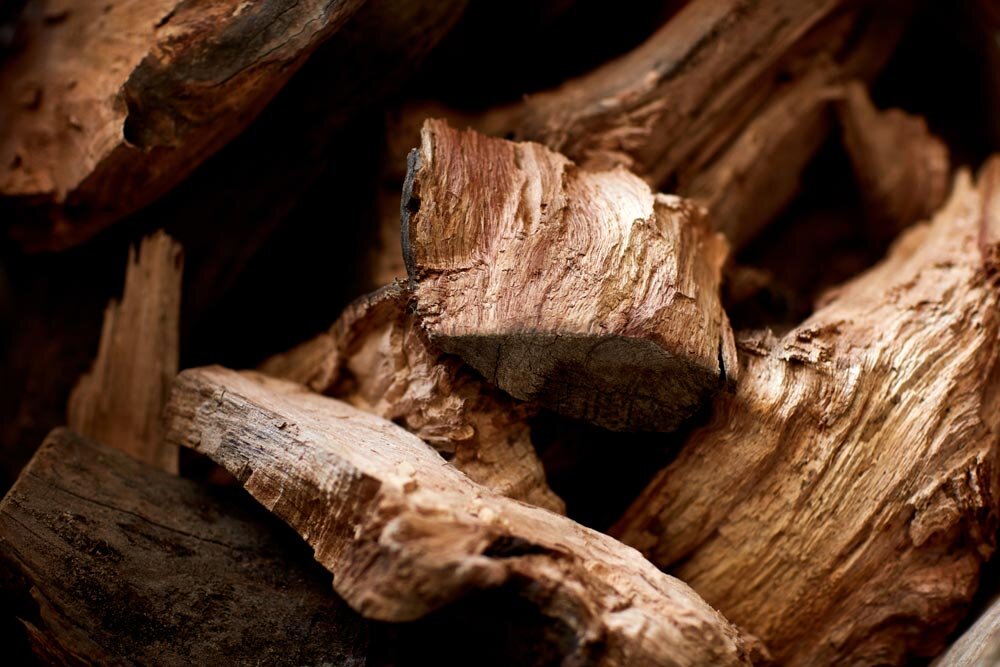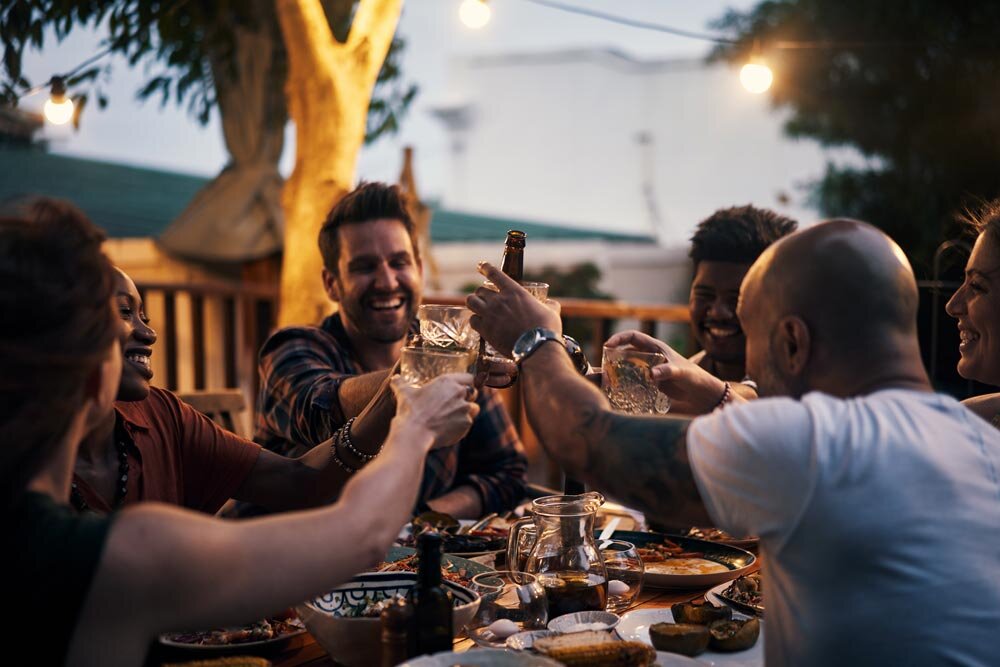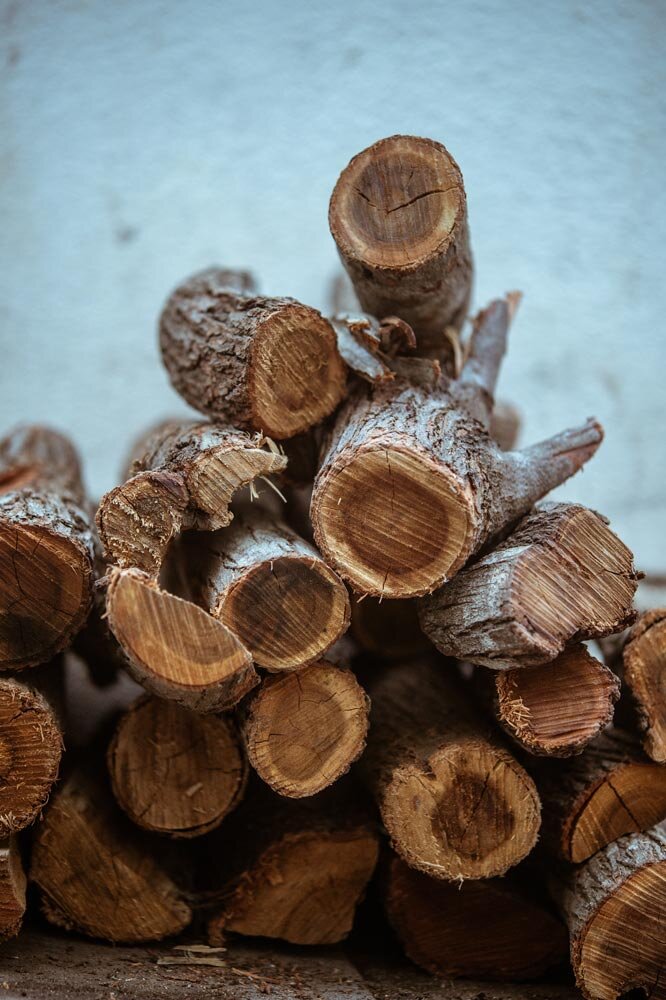Choosing NZ braai wood: A South African’s guide
Braaing is more like a religion than a pastime in South Africa, and with good reason. There’s nothing better than sitting around a fire, enjoying a cold beer with your friends, and having a braai. Or a BBQ, as Kiwis tend to call it (for us, a barbecue is cooking with gas, while a braai is cooking on an open fire).
After moving to New Zealand, I had to adapt a bit. The wood I was used to using didn’t grow here, and it was very tough to get wood dry enough for a decent braai. After trying a few different things, I was lucky enough to find Urban Lumberjack – and I’ve never looked back.
Whether you’re new to the world of braai, or searching for Kiwi substitutes for South African woods, here’s a quick guide to New Zealand braai woods:
Kanuka/Manuka
Very dense wood that’s light in colour, and makes a small amount of smoke and a lot of coals. The coals get very hot, and last for an above-average time before they lose their heat. It adds a very nice taste to the meat, and is a great all-rounder. For me, this is definitely the best wood to use for a braai. If I have to compare it to the wood in South Africa, I would say it is very similar to myrtle (with a higher moisture content).
I rate it: 19/25
Pohutukawa
A very heavy wood that’s dark in colour with average density. It can be tough to split with an axe, and makes average amount of smoke. Pohutukawa doesn’t produce many coals, and they tend to be small – but very hot. It’s ideal for steak, and adds a good taste to the meat. Pohutukawa coals last for an average time before they lose heat.
I rate it: 15/25
Puriri
Puriri isn’t particularly heavy or dense, and splits easily with an axe. It’s very light in colour, with quite a high moisture content. Puriri creates a lot of smoke, and an average amount of coals that tend to be very cold. It’s ideal for boerewors, pork, and braaibroodjies. I want to say chicken too, but I don’t think the coals would last long enough before they lose their heat. Average taste.
I rate it: 14/25
Oak
A heavy, hard, tough wood that makes an above-average amount of smoke with great taste. It makes average coals, and it’s not long before they lose heat. Oak is mostly used in smokers, and isn’t the best wood to use alone for a braai. It works great if you combine it with other wood in a braai though.
I rate it: 13/25
Gum
Gum is dense, and burns at a very high temperature but makes basically no coals. If I have to compare it to the wood in South Africa, I would say it is very similar to blue gum with a higher moisture content. I will not use it for a braai.
I rate it: 10/25
Scoring system
Each wood is rated out of 5 for the following, for a combined total out of 25:
Smoke
1: A lot of smoke
5: Nearly no smoke
Flavour
1: Bad taste
5: Excellent taste
Coals
1: Very few coals
5: A lot of coals
Heat
1: Not hot
5: Super hot
Time
1: Burns out quickly
5: Lasts a long time
If you’re keen to read more about why each of these factors matters, check out my guide to what makes good braai wood.
Urban Lumberjack have such a wide variety of different wood available for braaing and smoking – but more importantly, they love what they do (and it shows).
So if you love braai, have a chat to Matt.



